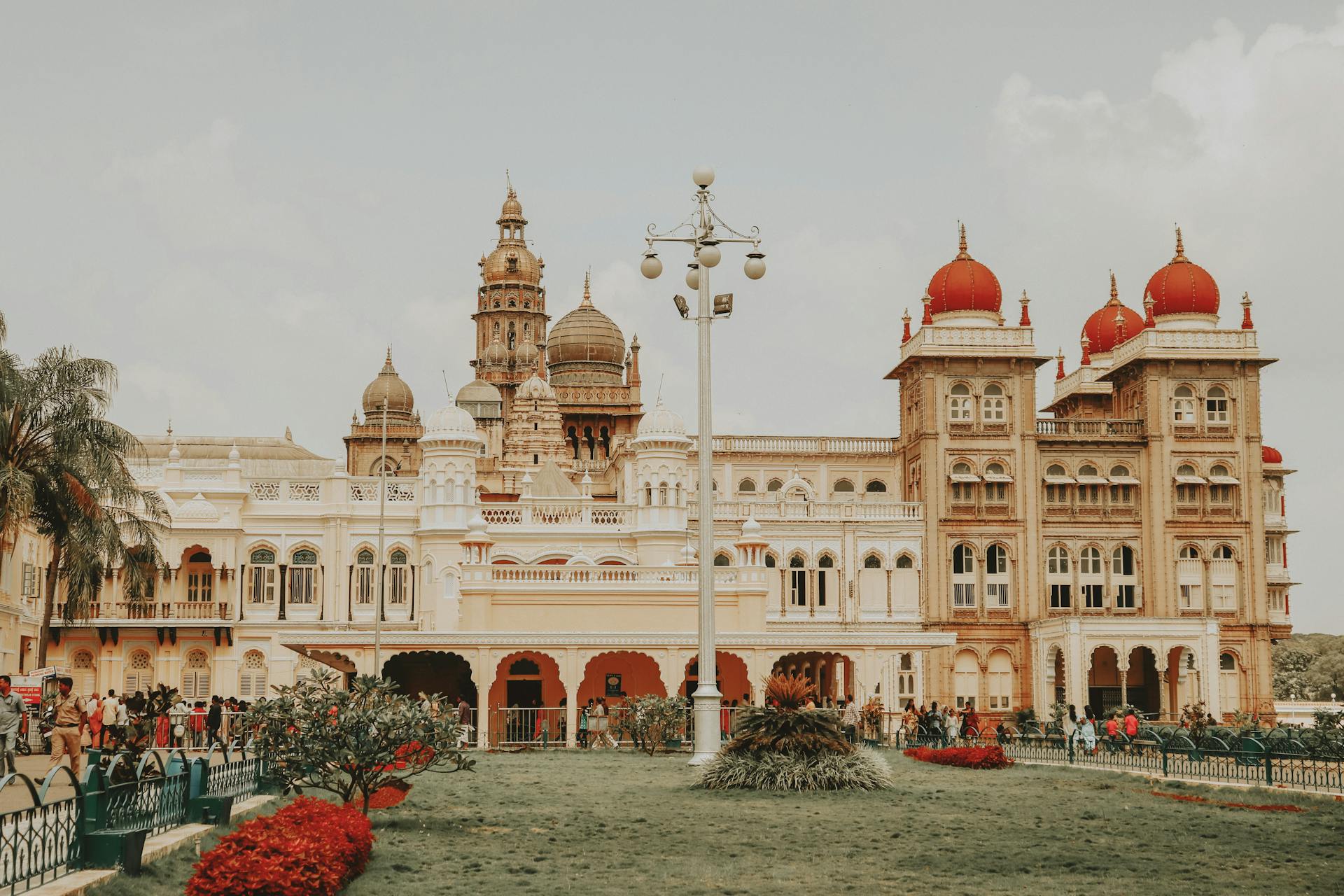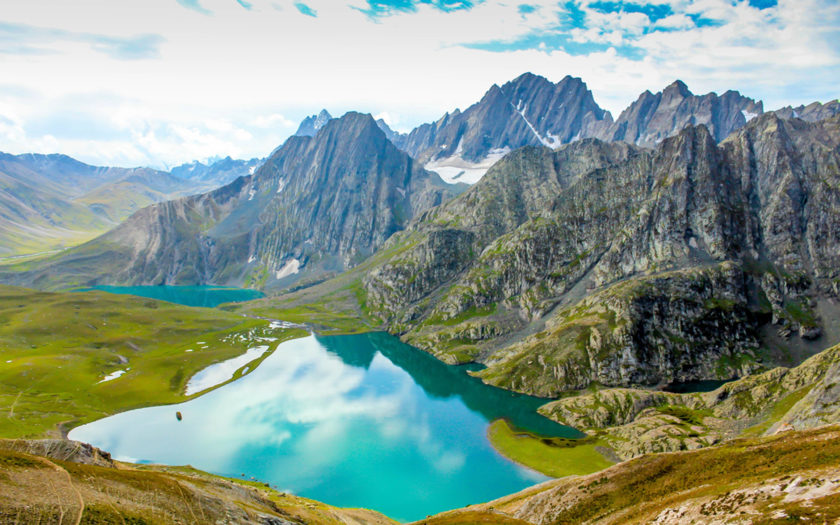Eco-tourism is a responsible way to travel that focuses on conserving the environment and improving the well-being of local people. India, with its diverse landscapes and rich biodiversity, offers numerous eco-tourism destinations that allow travelers to experience nature while minimizing their impact. Here are some of the best eco-tourism destinations in India:
1. Kerala Backwaters
- Description: The backwaters of Kerala are a network of interconnected canals, rivers, lakes, and inlets. This unique ecosystem is home to a variety of flora and fauna.
- Activities: Houseboat cruises, bird watching, village tours.
- Best Time to Visit: November to February.
2. Munnar, Kerala
- Description: Munnar is a hill station known for its tea plantations, rolling hills, and rich biodiversity.
- Activities: Trekking, wildlife spotting, visiting tea estates.
- Best Time to Visit: December to February.
3. Thenmala, Kerala
- Description: India’s first planned eco-tourism destination, Thenmala is known for its natural beauty and adventure activities.
- Activities: Trekking, boating, rock climbing, visiting the Shenduruney Wildlife Sanctuary.
- Best Time to Visit: December to February.
4. Sikkim
- Description: Sikkim is a small state in the northeastern part of India, known for its stunning landscapes, monasteries, and rich biodiversity.
- Activities: Trekking, bird watching, visiting monasteries.
- Best Time to Visit: March to May and September to mid-December.
5. Sundarbans National Park, West Bengal
- Description: The Sundarbans is the largest mangrove forest in the world and a UNESCO World Heritage Site. It is home to the Royal Bengal Tiger and a variety of other wildlife.
- Activities: Wildlife safaris, bird watching, boat tours.
- Best Time to Visit: October to March.
6. Kaziranga National Park, Assam
- Description: Kaziranga is a UNESCO World Heritage Site known for its population of the Indian one-horned rhinoceros.
- Activities: Wildlife safaris, bird watching, nature walks.
- Best Time to Visit: November to February.
7. Ladakh
- Description: Ladakh is a high-altitude desert region known for its stunning landscapes, monasteries, and unique culture.
- Activities: Trekking, visiting monasteries, exploring local villages.
- Best Time to Visit: June to August.
8. Periyar National Park, Kerala
- Description: Periyar National Park is a protected area in the Western Ghats, known for its elephant population and scenic beauty.
- Activities: Wildlife safaris, bamboo rafting, nature walks.
- Best Time to Visit: September to April.
9. Coorg, Karnataka
- Description: Coorg, also known as Kodagu, is a hill station known for its coffee plantations, lush forests, and waterfalls.
- Activities: Trekking, coffee plantation tours, bird watching.
- Best Time to Visit: October to March.
10. Andaman and Nicobar Islands
- Description: The Andaman and Nicobar Islands are a group of islands known for their pristine beaches, coral reefs, and rich marine life.
- Activities: Snorkeling, scuba diving, beachcombing.
- Best Time to Visit: October to May.
These eco-tourism destinations in India offer a chance to connect with nature, support conservation efforts, and experience the country’s incredible biodiversity. Whether you’re trekking through the Himalayas, cruising the backwaters of Kerala, or exploring the mangroves of the Sundarbans, these destinations provide unforgettable experiences for the environmentally conscious traveler.

.jpg)
.jpg)








.jpg)
